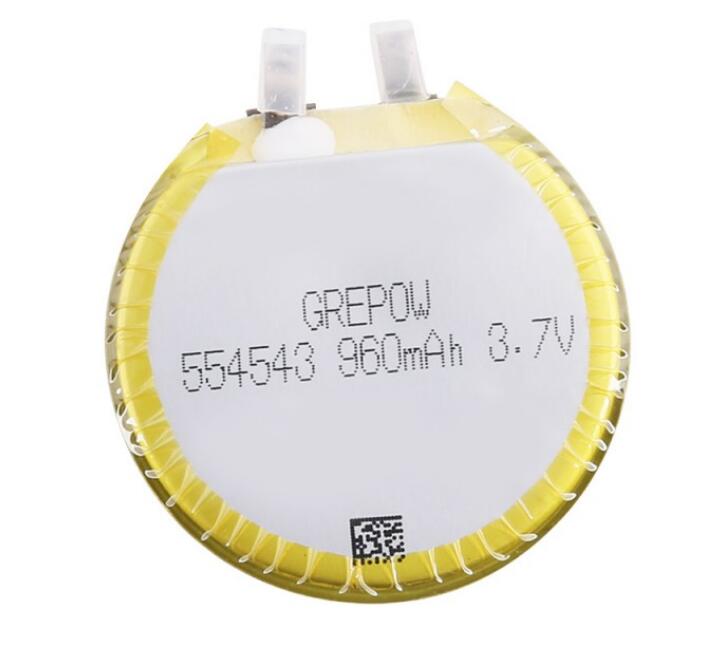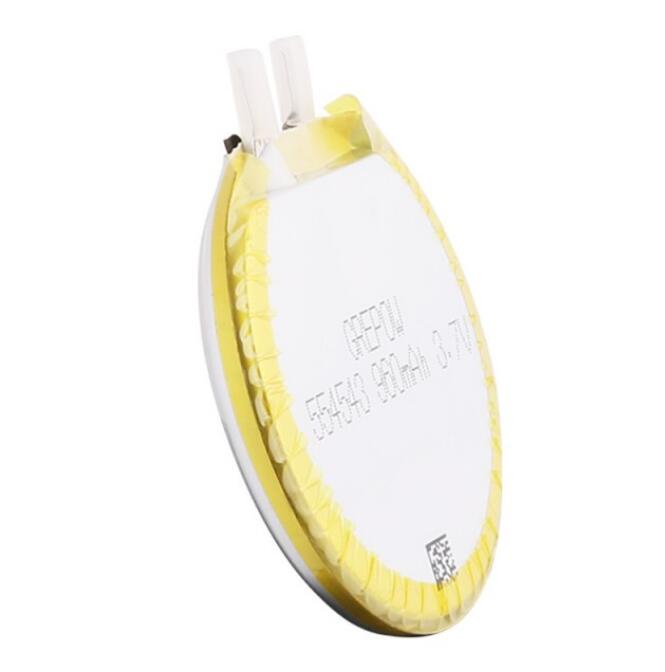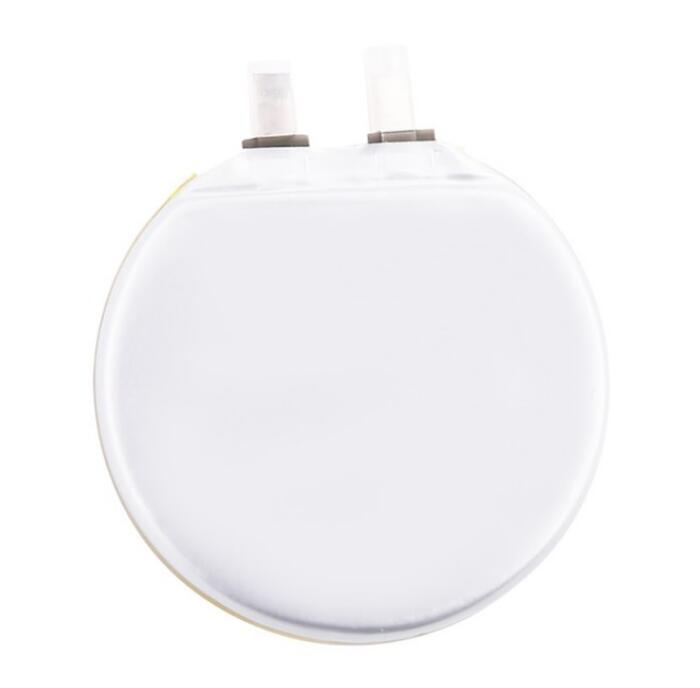
Smart wearable devices refer to the items we wear every day, such as smart helmets, smartwatches, smart rings, smart belts, smart insoles, belts, etc., with smart electronic design functions, and then quantitatively analyze the data, give recommendations, reports, and Suggest. Now there are more and more categories of wearable devices, expanding to more areas: for example, children’s safety tracking bracelets, smart clothes, smart shoes, and special warm vests for the elderly; sports are required to monitor relevant physiological information during exercise Wearable devices such as sports watches and smart bracelets are quite popular among consumers. Or combine other technologies to develop new products that fit the market.

The wearable market satisfies young people’s pursuit of coolness and individuality. It has developed rapidly in the past few years and has broad room for development in the future. Data show that in the first quarter of 2018, global wearable device shipments were 25.1 million units, a year-on-year increase of 1.2%. Among them, from Apple, Fitbit and many brands, fashionable, more expensive smart wearable devices increased by 28.4%. Watches and bracelets accounted for 95% of global wearable device shipments in the first quarter. In 2018, the total global shipments of wearable devices reached 124.9 million units, an increase of 8.2% year-on-year. With the gradual maturity of wearable technology and the continuous expansion of application scenarios, it is estimated that global wearable device shipments will reach 199.8 million units in 2020.
In order to be cooler, wearable device manufacturers put forward special requirements for batteries such as smaller size, flexibility, and irregular shapes. “Currently, the supporting batteries for wearable devices are large and small, and the specifications and parameters are not uniform. However, the industry is exploring battery products with smaller volume and higher energy density.”

Although most wearable devices use ultra-low energy BLE technology (Bluetooth Low Energy Technology), users still need to change frequently to ensure that the device is fully charged. For wearable device manufacturers, providing high-efficiency wearable new energy batteries is an urgent problem to be solved. From the perspective of wearable device designers, they also look forward to having high-quality batteries, because only in this way can they Attract more consumers to like to use their devices.
GREPOW special-shaped batteries focus on wearable battery solutions. It has the advantages of high energy density, high working voltage, wide applicable temperature range, low self-discharge rate, long cycle life, and pollution-free, which meets the battery requirements of smart wearable devices. The widespread use of smart bracelets, smartwatches, and medical applications has been recognized by many first-tier manufacturers at home and abroad, with monthly shipments of more than one million.
Compared with the past nickel-chromium batteries, GREPOW special-shaped lithium batteries “occupies” most of the market. Utilize the irregular available space of the product with maximum efficiency, meet the shape of the product that meets the needs of consumers, and improve the efficiency of space use; this kind of battery is more popular and very easy to carry because it can be put into almost any small pocket. At the same time, the production technology of GREPOW special-shaped batteries not only meets the requirements of high-voltage, high-discharge rate, and fast charging but also in addition to the production of standard 3.7V lithium-ion batteries, it can also mass-produce high-voltage batteries 3.8v and 3.85v. The product quality is better than similar products.

High discharge rate technology and the fast charging function can reduce the interval time between uses, allowing your products to be more competitive than competitors. GREPOW’s lithium polymer batteries are very small and light. Only a small amount of maintenance is required, and the cost is very low. Safe and environmentally friendly, the damage to the environment is small, and the battery is durable and has a long life. “This means that GREPOW wearable special-shaped batteries can meet the rapid development needs of current electronic products and wearable devices.” In fact, it is precise because traditional batteries are rigid, they are prone to serious safety problems when they are bent or folded. ; While the GREPOW wearable special-shaped batteries maintain good flexibility while still maintaining the original energy density without affecting the battery life of the device.
In the future, the number of wearable devices is expected to explode, which means that the demand for smaller batteries with a longer battery life will increase significantly. We can also predict that the more intelligent the equipment will be the higher the pursuit of energy efficiency. According to the current use of various wearable devices on the market, it can be said that the level of various batteries is actually not bad, and each has different advantages and disadvantages. However, scientists and professionals are working hard to improve battery capacity and further reduce battery damage to the environment. In the future, a wearable industry equipped with high-efficiency batteries will flourish!
If you are interested in our battery products, please don’t hesitate to contact us at any time!
Email: info@grepow.com
Grepow Website: https://www.grepow.com/
Related articles:
- Lithium Batteries as a Power Source for Wearable Products
- Special Shaped Battery Perfectly Combination with Smart Wearable Devices
- Curved Lithium Polymer Battery – Wearable Device Mobile Power
- Wearable Medical Technology Will Benefit Chronic Diseases Patients
- Current Status of Wearable Devices And Future Trends
- How Smart Wearable Medical Devices Collect Energy?
- The Future Of Medical Wearable
- How do I find a battery for the wearable devices?
- Wearable Device Power Solution
- How to optimize wearable system power management?
- Comprehensive Power Solutions for Wearable Devices
- All Kind of Wearable Batteries Comparison









